Preparing for a trekking adventure anywhere abroad can be stressful. In general, flying to another country requires an updated passport, obtaining a visa beforehand or on arrival, and travel insurance, but trekking requires some additional preparations—and how you get ready for a backcountry escape varies per country. This article will dive into how to prepare for trekking in Nepal. But, no matter how stressed you get, think about how rewarding it will feel to stand amid a dizzying Himalayan setting brushed with a vibrant culture.
Choose where you want to go
Before you start any preparation, it’s a good idea to figure out where you want to explore! When doing this, it’s essential to consider your physical fitness as the treks mostly range from moderate to challenging. But keep in mind that no matter where you go, you can always amp up your physical fitness before embarking on your Himalayan adventure. Some treks to consider are:
- Annapurna Base Camp Trek—easy to moderate difficulty, seven days minimum, 71.5mi
- Annapurna Circuit Trek—moderate to challenging difficulty, 15 days minimum, 99.4mi–142.9mi
- Everest Base Camp Trek—moderate to challenging difficulty (slightly more challenging than Annapurna Circuit Trek due to altitude), 12 days minimum, 79.5mi
You can sift through more treks in Nepal here! After choosing your trailhead, look into the best time to trek to catch a glimpse of when to meander Nepal’s backcountry. Most adventures suggest setting foot during the corners of monsoon season. Expect clearer skies and decent, dry (for the most part) trail conditions between later March to May and September to late November.
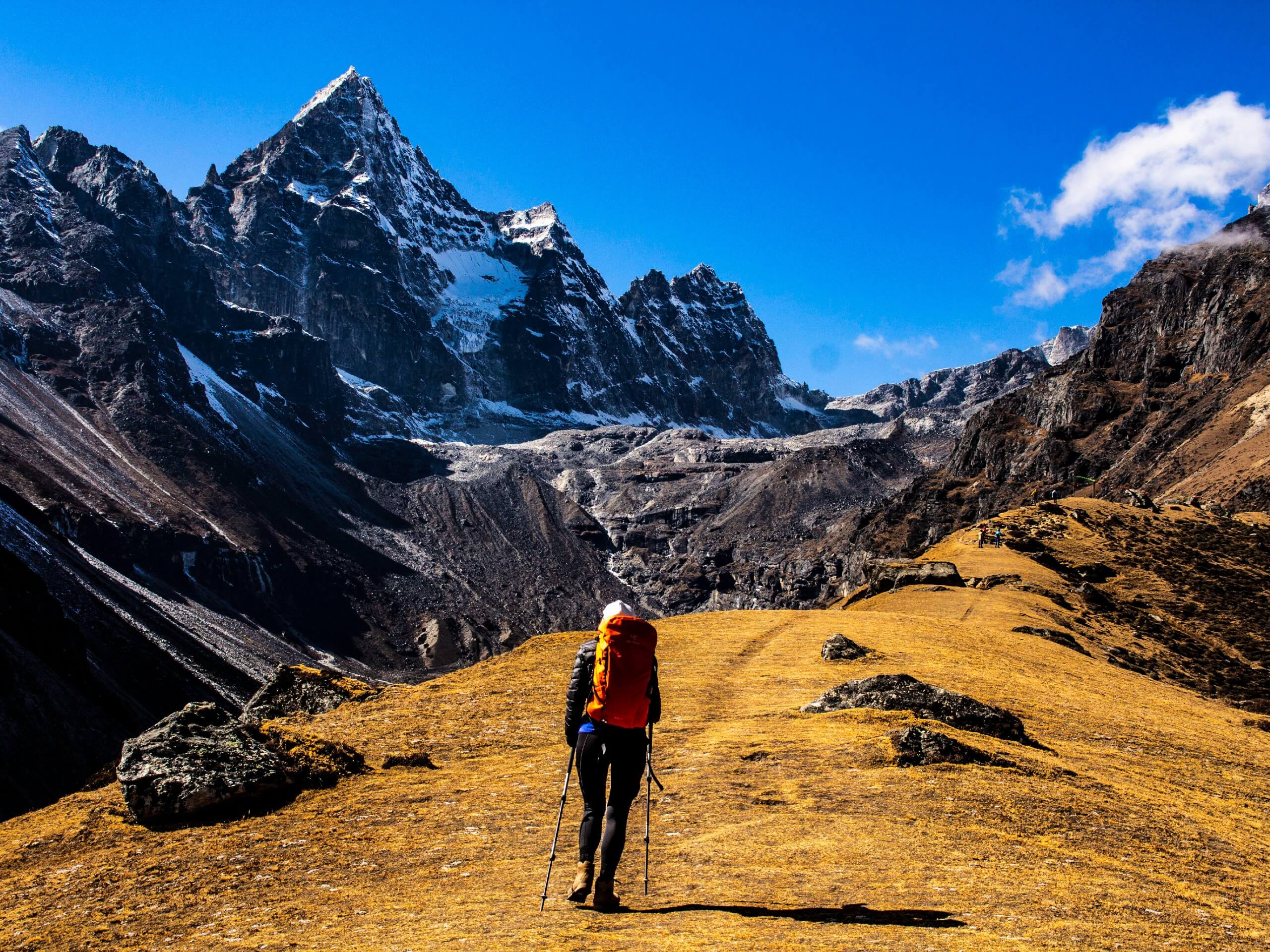
Consider guided, independent, or hiring a porter
Next, you need to decide if you want to plan your itinerary, hire a porter, join a group tour or private tour and go with a guide.
Independent trek
It can be scary approaching the lofty shadow of Mount Everest on your own, but it is possible to hike the Everest Base Camp Trek independently, the same with most treks in Nepal.
Note that it can be challenging for independent trekkers to book their accommodations in advance, requiring you to hope for the best and drop by teahouses on a whim. In addition, the trails tend to attract more crowds in autumn, so there might be some nights where you have to sleep in the common room due to a lack of beds. However, this is rare; you’ll more than likely be able to find a space. If you’re worried, get up early to reserve your bed in the afternoon.
Exploring the stark mountainscape on your own is a good idea for budget travellers and those confident in exploring alone. Treks in Nepal are generally easy to follow! There’s also the option to hire a porter to help carry your gear. You could also leave some stuff at a hostel you plan to stay at before and after your trip.

Porters
If anyone deserves a round of applause, it’s the porters. They will carry gear without a problem as they are accustomed to the high elevation. Hiring a porter will lift some weight off your shoulders, allowing more time to focus on the unreal scenery unfolding. Plus, it may help your body while it adjusts to the thinner air.
Know that you hire porters to carry your gear, not to guide you. You must consider their safety, too, as you trek into the mountains. It’s not all about you. They are partnering with you on this trek, so look out for them too. Most porters don’t speak English, either! While most porters can carry a heavy load, it’s recommended not to give them more than 18kg.
Guided trek
Plotting your own itinerary can be a hair-pulling, frustrating experience. So why not ditch the woes of planning by booking a guided trek? It can be especially tough to plan a trip if you’re working an intense job that leaves little free time or just mentally exhausted and want to escape without putting too much thought into it. This is where booking a pre-planned guided tour comes in handy.
A great benefit of booking a guided trekking tour in Nepal is that they will book all your accommodations and permits, and take care of all other logistics for you, so you won’t have to think about whether you’ll have a bed at night or not. The guides are also experts, ensuring more security for safety in the mountains. Another tremendous advantage of booking a tour is finding a variety of treks, some more luxurious than others.
You could also book a tour when you’re in Nepal! It’s possible to stop by a trekking agency before your trek to book. They will usually cover most logistics as well. If you are set on trekking independently, then change your mind when you arrive; booking a tour in Nepal could be an option.
Lastly, guides will not carry your gear!
Physical preparation
A backcountry trekking adventure can take a toll on anyone, no matter your fitness level. The thin mountain air paired with kilometres and kilometres walked each day will tire out almost anyone. However, even if you’re relatively fit, it’s still advised to take your time along the trail to adjust to the shifting climate (especially along the Everest Base Camp route). You don’t want to get altitude sickness, right?
Even if you consider yourself healthy and relatively fit, it’s beneficial to get your body used to exercise. You’ll enjoy the trail that much more! Go on daily walks, jogs, and try some HIIT workouts; anything type of movement that elevates your heart rate can help. Do whatever you enjoy the most for a couple of weeks or months before your trek in Nepal.
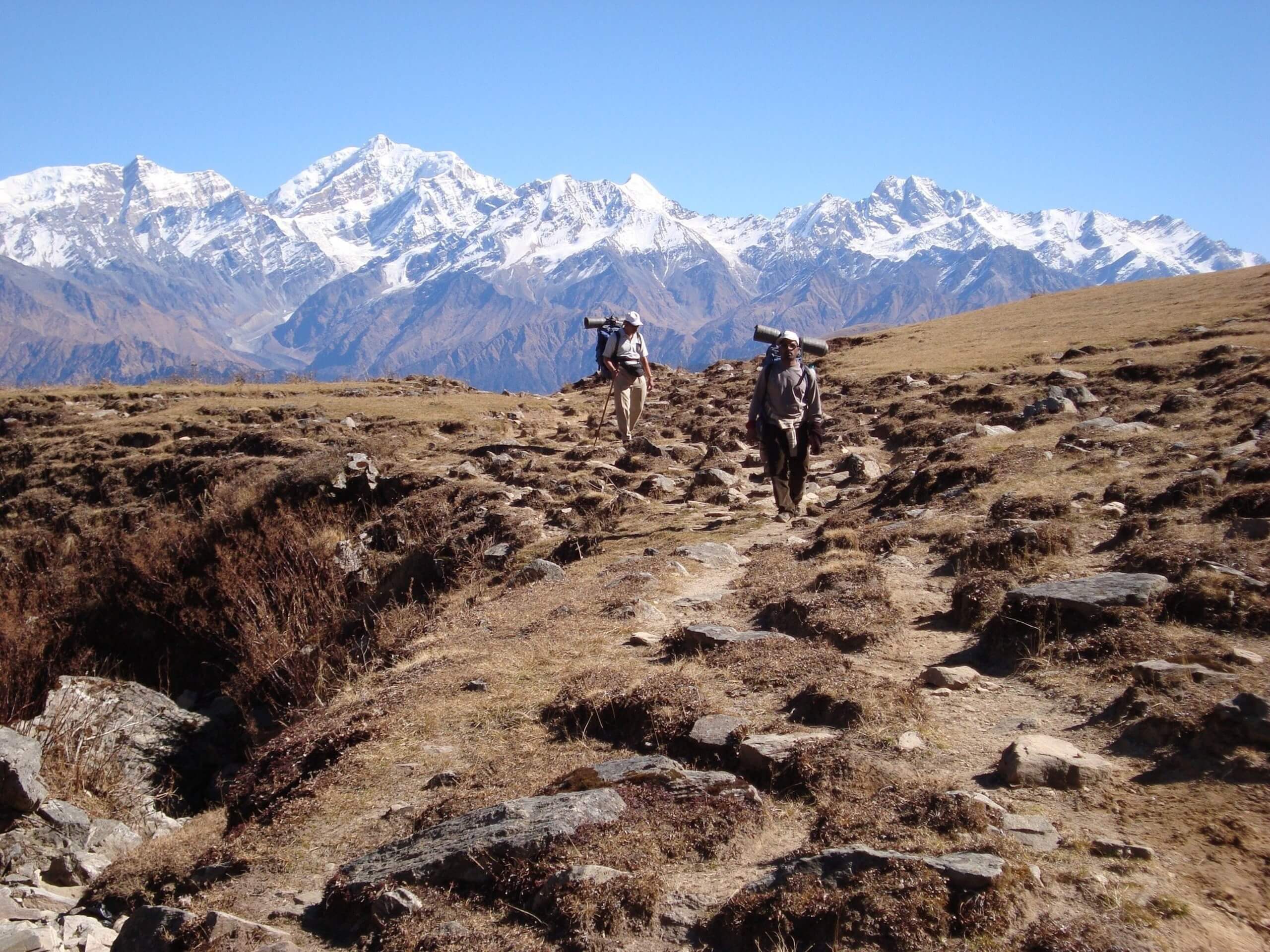
Adjusting to the altitude
The following tips for adjusting to altitude are more for when you arrive and start trekking, but you can prepare by brushing up on them before you go.
- Rehydrate as much as you can as you trek, and don’t bother worrying about having to pee a lot or not; you’ll need the fluid to help stave off altitude sickness
- Consume a lot of food to give your body enough energy to trek and acclimatize—eat even when you don’t feel like it
- Take all regular precautions to protect your skin from the sun
- Let your body adjust to the thin, dry mountain air by going slow; you don’t have to race along the trek, so why not take your time and enjoy the views?
- Leave some time to acclimatize and avoid trekking for a day or two when possible!
If you feel any of the following symptoms, listen to your body and stop and rest for a day. Pushing through altitude sickness has resulted in fatalities before, so don’t push yourself when you don’t need to:
- Dizziness
- Headaches
- No appetite
- Vomiting/nausea
- Limited energy/fatigue
- Trouble sleeping
Now, the thing you can do beforehand is buy Diamox, meditation for altitude sickness. Add this item to your first aid kit list!
Put together a packing list
You can’t go on an adventure without piecing together a packing list! Thankfully, we’ve put together an overview of what you will need so you don’t have to spend as much time on creating one. Some essentials to pack are:
- First aid kit (including Diamox and Norfloxacin or Ciprofloxacin to combat bacterial diarrhea)
- Moisture-wicking clothes
- Merino wool socks
- High-quality backpack
- Good worn-in hiking boots
- Rain jacket
- Layers for the evenings (such as a fleece sweater)
- Sunscreen
- Steripen, LifeStraw water bottle, or water tablets to sterilize water
- Sleeping bag or liner for the teahouses
- Lightweight towel
- Cash
- Up-to-date passport with at least six months validity post-trip
- Hard copy of travel insurance info
Trekking permits
Trekking permits may vary per trek, so it’s essential to check what you need beforehand. Most people head to the Nepal Tourism Board in Kathmandu to get their permits as soon as they land. (You can also go to the office in Pokhara if you’re doing the Annapurna Base Camp Trek!) You will need passport photos as well. For example, the Annapurna Base Camp Trek and Annapurna Circuit Trek require four passport photos to obtain permits.

Visa for Nepal
Most nationalities entering Nepal will need to obtain a tourist visa upon arrival, whereas some nationalities will need to head to an embassy to get their visa before they come. Be sure to brush up on which nationalities can and cannot enter, as information is subject to change. Some of you may decide to head to a Nepalese embassy before flying, but most choose the visa-on-arrival route. The amount you’ll pay depends on how long you want to stay. 15 days costs 30 USD; 30 days for 50 USD; 90 days is 125 USD. It’s safest to pay the fee (in cash) with USD!
Ensure you have an additional passport photo for the visa and a blank page in your passport.
Travel insurance
Thinking of not getting travel insurance? Think again! This is a must, especially for a trekking adventure (or any adventure abroad, really). You don’t want to be stuck paying hospital bills for years and years to come, do you? Probably not. Tell your travel insurance provider about your trekking plans and the altitude to cover everything.
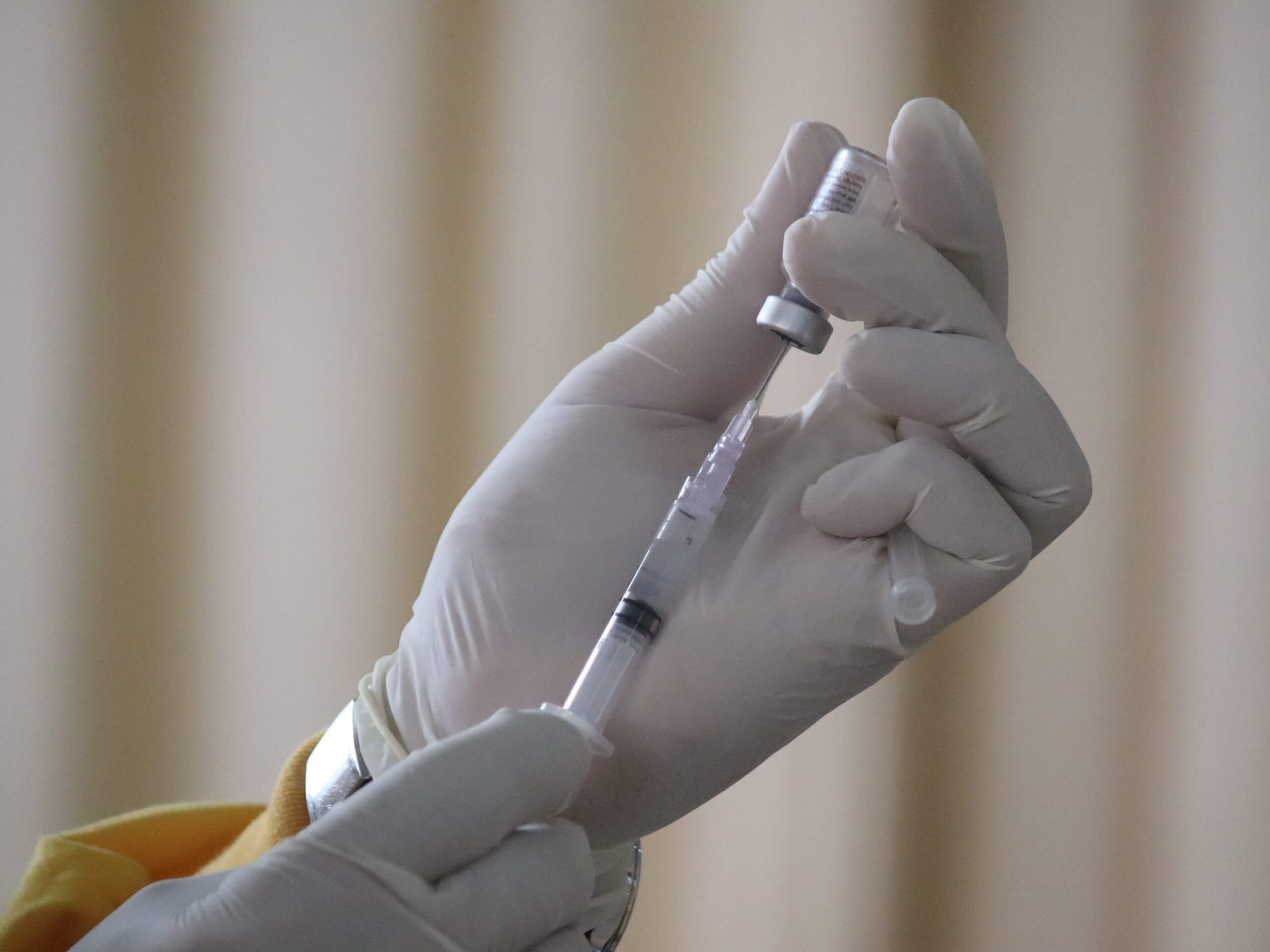
Get the right vaccines
Make sure all the necessary vaccinations are up to date before you go, such as:
- Hepatitis A
- Hepatitis B
- Typhoid Fever
- Polio
- Meningococcal Meningitis
The following are usually just recommended, so it’s up to your own discretion if you’d like to get them or not:
- Japanese Encephalitis
- Malaria (in certain areas)
- Rabies
Malaria usually requires a pill that can cause adverse side effects for some and not noticeable ones for others. Not all areas have malaria, so look into your region before you go to know if you need it. While it’s likely that Nepal will have local remedies for malaria, it might be worthwhile to take the pills to prevent it, especially if you’re only there for a short time.

Learn some Nepalese terms
It’s always kind to learn basic terms wherever you travel and study the culture before you go! Connecting with locals is always fun and provides different cultural perspectives. These basic phrases are a great place to learn and grasp the Nepali language!
Preparing for a trek in Nepal can be challenging, but everything will feel worth it once you explore the magical Himalayan setting.
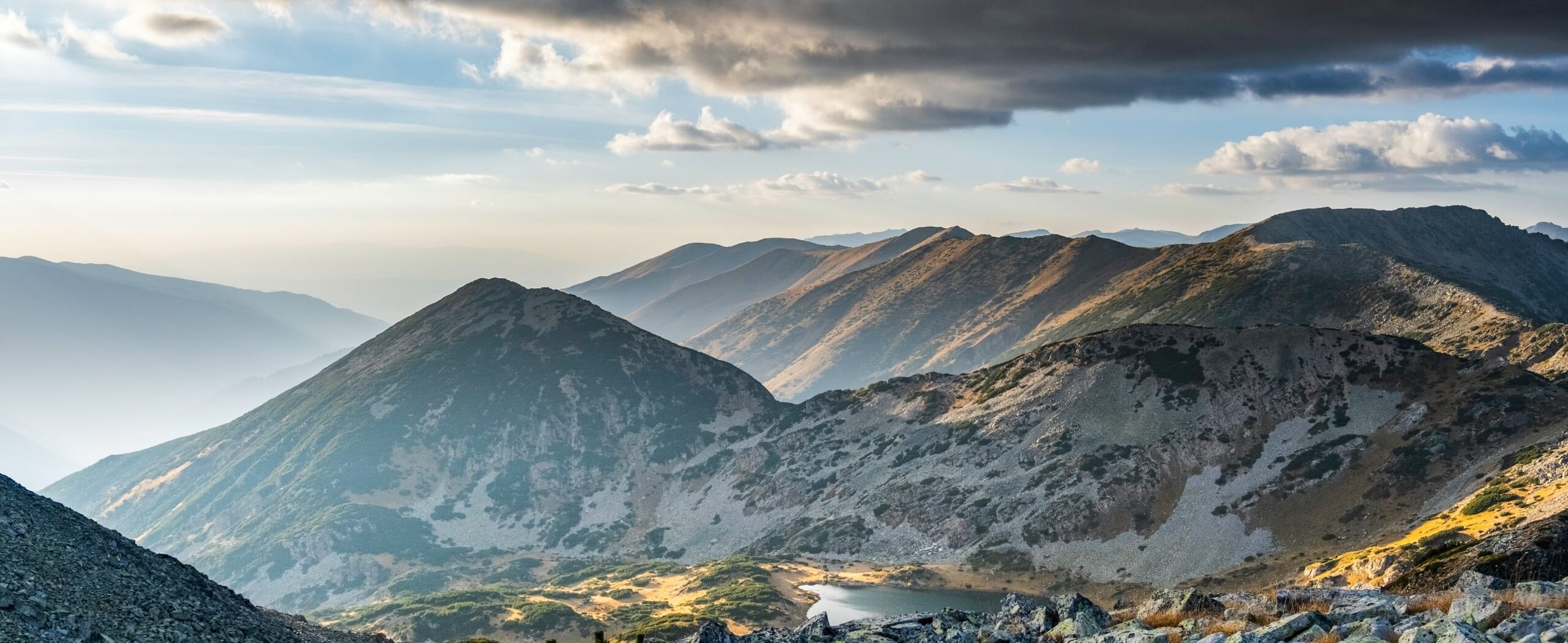
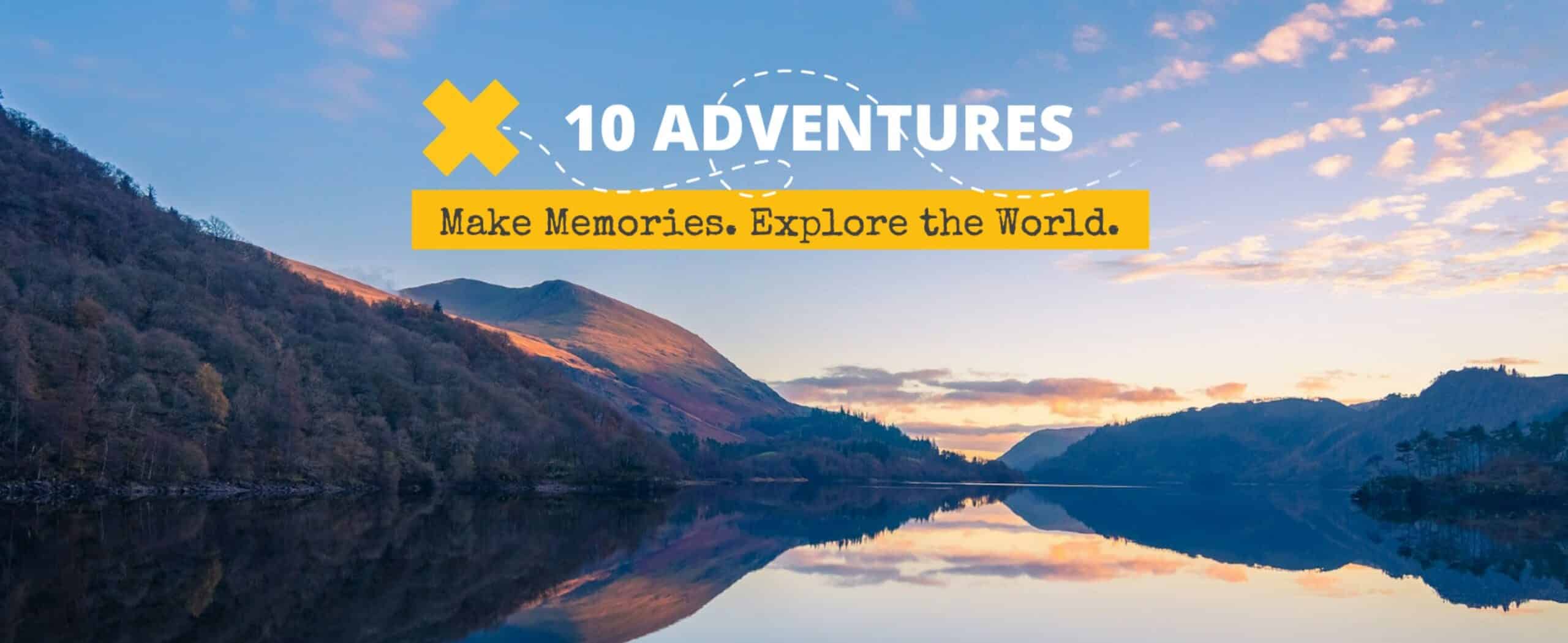

Comments